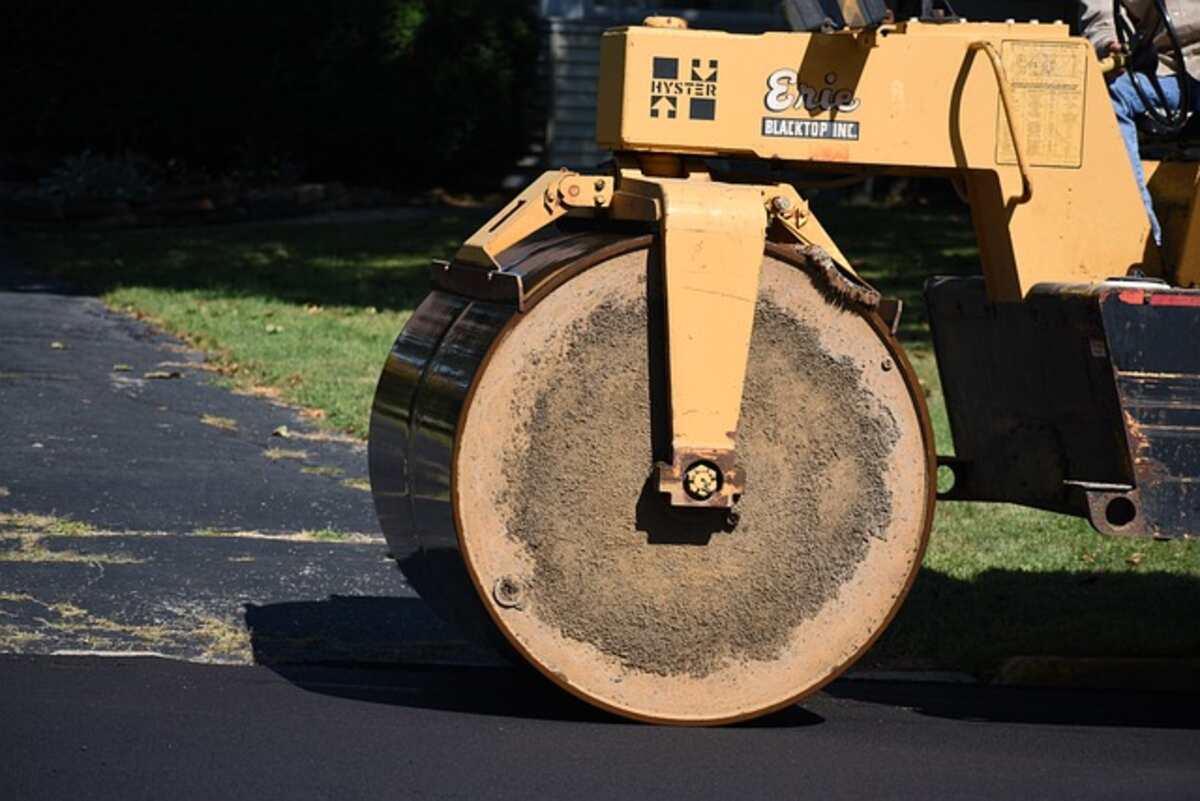How American Asphalt Paving Works
Asphalt has revolutionized our journeys. Modern roads bear little resemblance to those traveled by Laura Ingalls Wilder over 125 years ago. Choose the best Asphalt Paving Contractors Kansas City.
Edmund J. DeSmedt of Belgium pioneered asphalt roads during the 1800s in Newark, N.J. Using natural sheet asphalt from Trinidad Lake in Washington D.C, he also laid Pennsylvania Avenue.
History of Asphalt
Asphalt is often associated with modern life, yet its history goes back much further than this. Asphalt was first used in ancient Mesopotamia for binding shells and precious stones to statues and objects, as well as serving as an embalming adhesive and mortar between bricks. Nowadays, most asphalt we use comes from refineries; however, it can still be found naturally as lakes of asphalt or rock asphalt formations.
Edmund J. de Smedt of Belgium laid the first asphalt pavement in America in 1870. At that time, most asphalt was obtained from natural sources. But as automobiles became more widely popular and new roadways were needed, automobile owners demanded improved road materials, leading to significant advancements both in the production and laying of asphalt pavements.
At present, most asphalt used today is made from recycled material due to an energy crisis in the 1970s that highlighted the necessity of conserving natural resources and decreasing the consumption of oil for asphalt production. Furthermore, advanced techniques and equipment such as electronic leveling controls, large pavers with two lanes at once, and vibratory steel-wheel rollers have been created to make production more efficient.
Asphalt Imprinting & Coloring
Asphalt imprinting or stamped asphalt (commonly referred to as textured pavement) is an aesthetic way to add interest and durability to your driveway, walkway, or parking lot. It resembles hand-laid brick or stonework and offers low maintenance requirements as opposed to concrete. Asphalt imprinting also stands up well against cold climate thaw/freeze cycles without being affected by salt/deicing chemicals commonly used on roadways.
Production involves heating asphalt to a desired temperature before pressing it into a template of your choosing – such as one featuring hand-laid brick patterns or smooth surfaces – made of welded wire rope. After pressing, this template must be carefully removed before it dries to ensure a seamless and long-term finish.
Once the asphalt has been prepared, it must be spread on a construction site with special paving equipment and compacted using heavy rollers to achieve the desired thickness. Once complete, this process must then be repeated in order to eliminate voids and ensure structural integrity – rutting or cracking may result from improper compacting, so full compaction must take place if failures of the surface occur in the future failures of this surface material.
Once the asphalt has been set, it must be rolled to provide an even surface and reduce longitudinal joint failure. Once this step is complete, an acrylic-based seal coat is applied over it in order to protect and enhance its glossy aesthetic.
Asphalt Crack Filling
Asphalt is an intricate mix of materials that must be heated to over 300 degrees Fahrenheit before it becomes malleable and spread across the pavement by heavy pavers with preset width and thickness settings before being finished off by adding aggregate materials such as crushed rock or sand as a topping.
Crack filling or sealing will depend on a number of different factors when choosing which option best meets a client’s asphalt. Crack sealants may be ideal for nonworking cracks in non-movement-prone areas, while fillers provide more lasting solutions for larger holes and fractures that need fixing more permanently.
Crack filling begins by clearing away any loose debris or vegetation in the area. This step is essential as otherwise, asphalt crack fillers cannot adhere properly to an unclean crack surface.
Next, cracked areas must be thoroughly cleaned using a pressure washer to ensure any dirt or debris has been eliminated from the cracks. After cleaning has taken place, sanding should take place as this helps reinforce asphalt crack filler to stay in its proper place and ensure its lasting use. Finally, these cracks must be filled using cold asphalt patching filler, overfilled by an inch or two, and compacted into place using a compactor.
Asphalt Repair
Asphalt requires regular repair to maintain its structural integrity and appearance. As soon as distress arises, take immediate steps to remedy it as soon as cracks appear on one-third or more of its surface area – sooner rather than later! Asphalt must also be addressed as quickly as cracks form across its entire surface area – in order to protect its aesthetic value and minimize future damages to the pavement.
Cracked walls may seem harmless at first glance, but their presence often indicates deeper issues. Left unattended, these cracks may widen into potholes, resulting in further structural damage that costs you more in maintenance and repairs.
If you need a quick solution quickly, use the throw-and-roll method of patching; liquid asphalt should be thrown into an opening before being rolled over. This technique is beneficial in winter or adverse weather conditions when quick solutions to problems are required.
Spray injection methods involve blowing away debris from damaged areas before filling it in with asphalt and aggregate and compacting it for long-term solutions. You could also perform cold patching using asphalt emulsion and hot mix; this approach is particularly suitable for traveling, depressions, or holes.
Full-depth patching is a more extensive approach to asphalt repair that should only be employed when there has been concentrated damage to the pavement. This method involves taking measures such as stripping away old asphalt down to its foundation and replacing it with brand-new, stronger aggregate that will then be sealed off as protection from further damage. When done, any recycled pieces will be recycled back into the production of more robust aggregate material for future projects.
Read Also: Demolition Contractors


